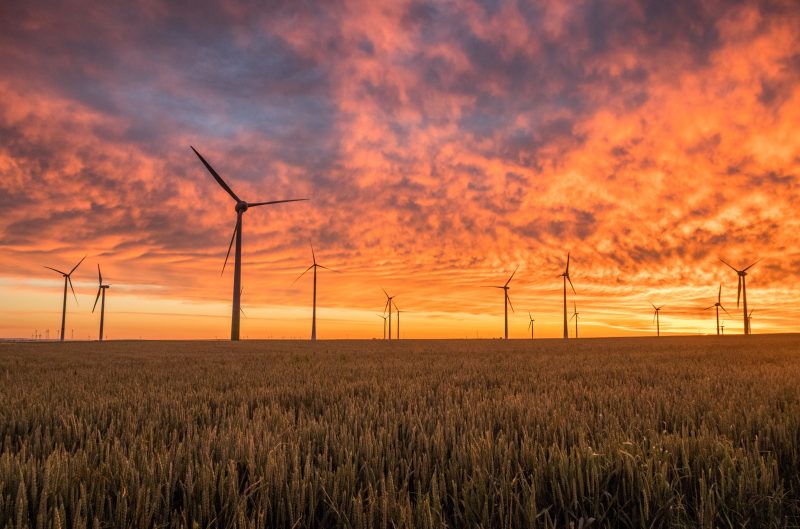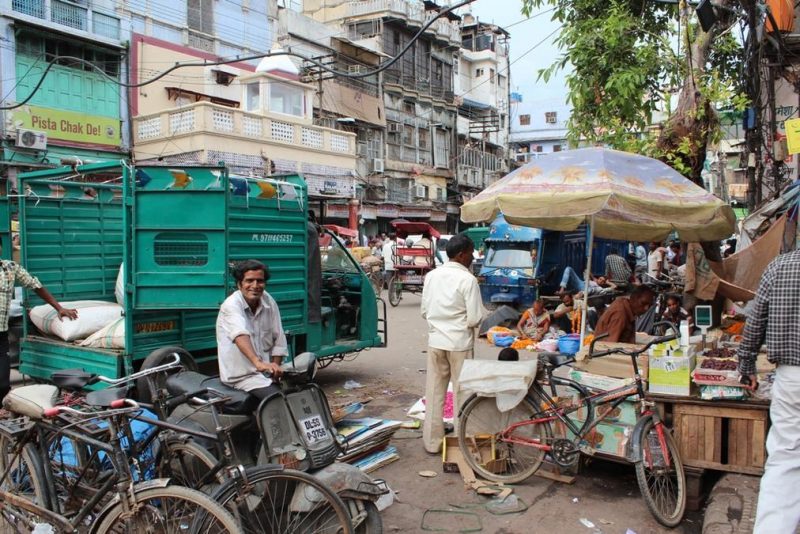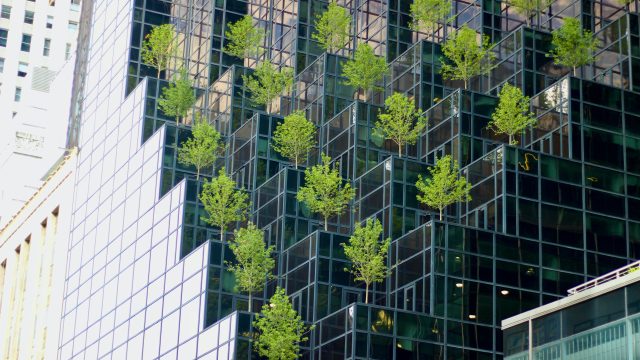Will 2020 be the year of the Green Industrial Revolution?

Over the next 6-18 months, it is estimated that countries will invest more than US$ 20 trillion to recover from the fallout of COVID-19, with the global economy expected to shrink by 3% this year. The makeup of these financial decisions will define the shape of our societies and economies for decades to come.
At the same time, the planet is facing a climate emergency. While the impacts of COVID-19 could cause greenhouse gas emissions to fall by 4-7% in 2020, any respite is likely to be temporary. Upon the restart of economic activity, air pollution levels in some countries have quickly returned to their pre-lockdown state, while in others existing environmental regulations have been put on hold. Countries need to remain assertive and tackle the climate emergency, and COVID-19, with a proactive response.
A “green industrial revolution” could help make this a reality. Targeted green industrial policies and investment in green industries can operationalize the structural change necessary for economic recovery, competitiveness, and new jobs.
Call for Action
On April 29th 2020, IMF Managing Director Kristalina Georgieva asked world leaders to do everything in their power to promote a green recovery in response to COVID-19. In doing so, she joined statements from other policymakers and financiers in calling for a sustainable, greener global economy to emerge from the crisis.
By creating the right policy environment, incentives for innovation, and infrastructure, governments can encourage companies to seize the opportunities of new technologies and value chains linked to green sectors.
At the same time, they can shift current carbon-intensive economic and industrial structures onto greener trajectories, enabling countries to meet global climate and development goals under the Paris Agreement and 2030 Agenda for Sustainable Development.
“ The current crisis represents a fork in the road, and governments now have a unique opportunity to choose a new path.”
Public support for change has perhaps never been greater, and governments can now direct the transition towards a green economy at a lower political and financial cost—due in part to the oil price collapse and low interest rates. In this regard, COVID-19 presents a “once-in-a-lifetime” opportunity to re-write the existing rulebook.
First Wave of Announcements
An analysis of the first wave of package announcements shows that these display some promising trends, with countries looking to clean industries and technologies to kick-start their economic recovery.
Germany has unveiled a €130 billion ($145.8 billion) stimulus package with at least €40 billion in climate-related investments for the restructuring of its energy and transportation industries. Notably, the package did not include support for scrappage schemes providing grants for new petrol and diesel cars—as during the 2008 financial crisis—and instead directed investments towards upgrading electric mobility capacity.
Specific green industrial policies include doubling the subsidy for electric vehicle (EV) purchases, and respective €2 billion and €2.5 billion investments in green auto innovations and EV charging infrastructure. However, the environmental benefits of these are tempered by the decision to also support fossil-intensive industries, such as the €9 billion bailout provided to Lufthansa, the country’s largest airline, without any environmental or social conditions.
South Korea, meanwhile, has outlined plans for an initial $10.8 billion investment to implement the first stages of its Green New Deal (GND). The GND forms part of a larger post-crisis “New Deal” that also draws on ‘traditional’ industrial policies. Planned investments will target three pillars: green energy infrastructure, the green energy industry ecosystem, and low-carbon and decentralized energy expansion.

More specifically, the funds will be used to support start-ups developing green technologies (such as hydrogen energy) and create green industrial clusters in five cities. The development of 700 “clean factories”, and a pilot programme of ‘smart’ energy systems, are further designed to reduce industry emissions. Nevertheless, the plans have been criticised for failing to directly address the government’s pledge to reach net-zero emissions by 2050, or to end its practice of coal financing.
Finally, the European Commission has proposed to put the European Green Deal (EGD) at the heart of the region’s ‘Next Generation EU’ €750 billion ($841.1 billion) recovery package, with Commission President Ursula von der Leyen noting that the EGD “will boost jobs and growth, the resilience of our societies and the health of our environment.” A new Recovery and Resilience Facility will offer €560 billion in grants and loans to support national investments and reforms, including in relation to the green transition.
“ By putting green industrial policies and investments in green industries at the heart of their recovery plans, governments can boost their countries’ economic growth and competitiveness, create jobs, and position themselves to tackle the climate emergency.”
The Commission has also proposed to increase the Just Transition Fund to €40 billion to assist Member States in accelerating the transition towards climate neutrality, while a new Strategic Investment Facility will aim to leverage private investments of up to €150 billion to inter alia enhance the resilience of strategic green sectors and strengthen regional European value chains. Critiques, however, point out that the stimulus package will also support carbon-intensive sectors and businesses. It should also be noted that the EU package has yet to be approved by its members, with further negotiations likely needed.
A step in the right direction, but more needed
The announcements of these packages mark the first steps on the road towards a “green recovery”. However, while representing a significant upgrade on the responses that followed the 2008 economic crisis, the packages set a bar that other countries should strive to exceed. In particular, there is still more room for linking state aid to stringent social and environmental conditions, and for countries to avoid financing environmentally harmful subsidies and promoting fossil-intensive sectors.
The current crisis represents a fork in the road, and governments now have a unique opportunity to choose a new path. Since the packages draw on taxpayers’ money and financing that will—most likely—have to be paid back by the next generation, investments should seek to protect their future. By putting green industrial policies and investments in green industries at the heart of their recovery plans, governments can boost their countries’ economic growth and competitiveness, create jobs, and position themselves to tackle the climate emergency. The window to act is closing and it is time to show the talk is serious.
- Claudia Assmann, Programme Officer, Economy Division, United Nations Environment Programme (UNEP); Colm Hastings, Consultant, Green Development and Climate Change, United Nations Institute for Training and Research (UNITAR)
To provide policymakers with the tools needed to enact green industrial policies to boost growth and competitiveness, the Partnership for Action on Green Economy (PAGE) has developed a new course on Green Industrial Policy: Promoting Competitiveness and Structural Transformation. The course can be taken online at unccelearn.org.
This blog was originally published on the GGKP website.


